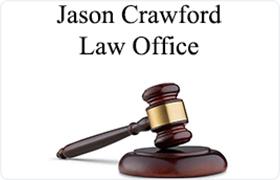King Salmon Bankruptcy Lawyer, Alaska
Sponsored Law Firm
-
 x
x

Click For More Info:
-
Jason Crawford Law Office
250 Cushman St. Suite 2B Fairbanks, AK 99701» view mapBankruptcy Law Efficient & Effective Legal Services
Attorney Crawford handles complicated matters logically and methodically parsed to their basic components to give clients, judges, & jurors clear understanding of each case.
800-692-9471
Includes: Bankruptcy Litigation, Commercial Bankruptcy, Consumer Bankruptcy, Dissolution
Not enough matches for King Salmon Bankruptcy lawyer.
Below are all King Salmon lawyers.
 S. Jason Crawford Fairbanks, AK
S. Jason Crawford Fairbanks, AK Practice AreasExpertise
Practice AreasExpertise
